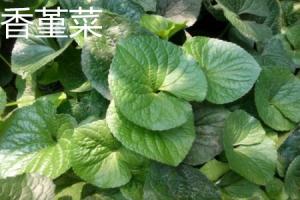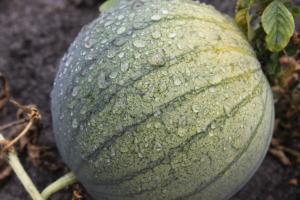1、 Pruning method
1. Old branches: prune the old branches and remove some old branches that cannot blossom and have no new branches on them. They cannot stay on them and affect their growth. Especially for plants that have been cultured for a long time, this can reduce the consumption of nutrients, promote the growth of new branches, gradually replace the position of old branches, enhance the light transmittance and improve the lighting conditions
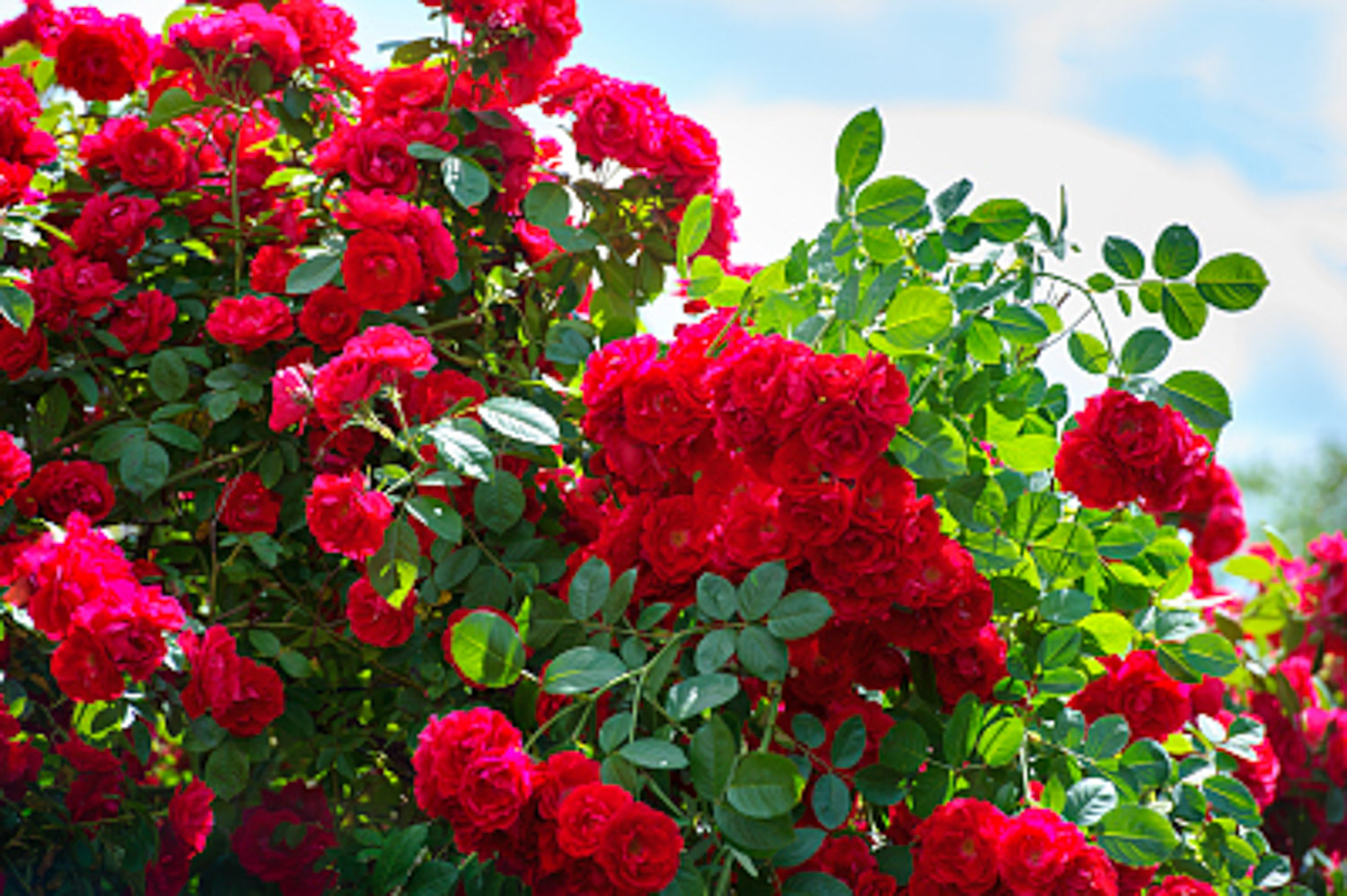
2. Flowering branches: flowering branches should also be treated, leaving 2-3 strong bud points on them, and other bud points can be removed
3. New branches: the pruning of new branches shall be based on the actual situation. If there are no flowering branches on them, a branch at the top shall be cut off. If there are many flowering branches on the top of the newly born branches, it also needs to be removed to restrain the advantage of the top so that the branches of other parts can grow
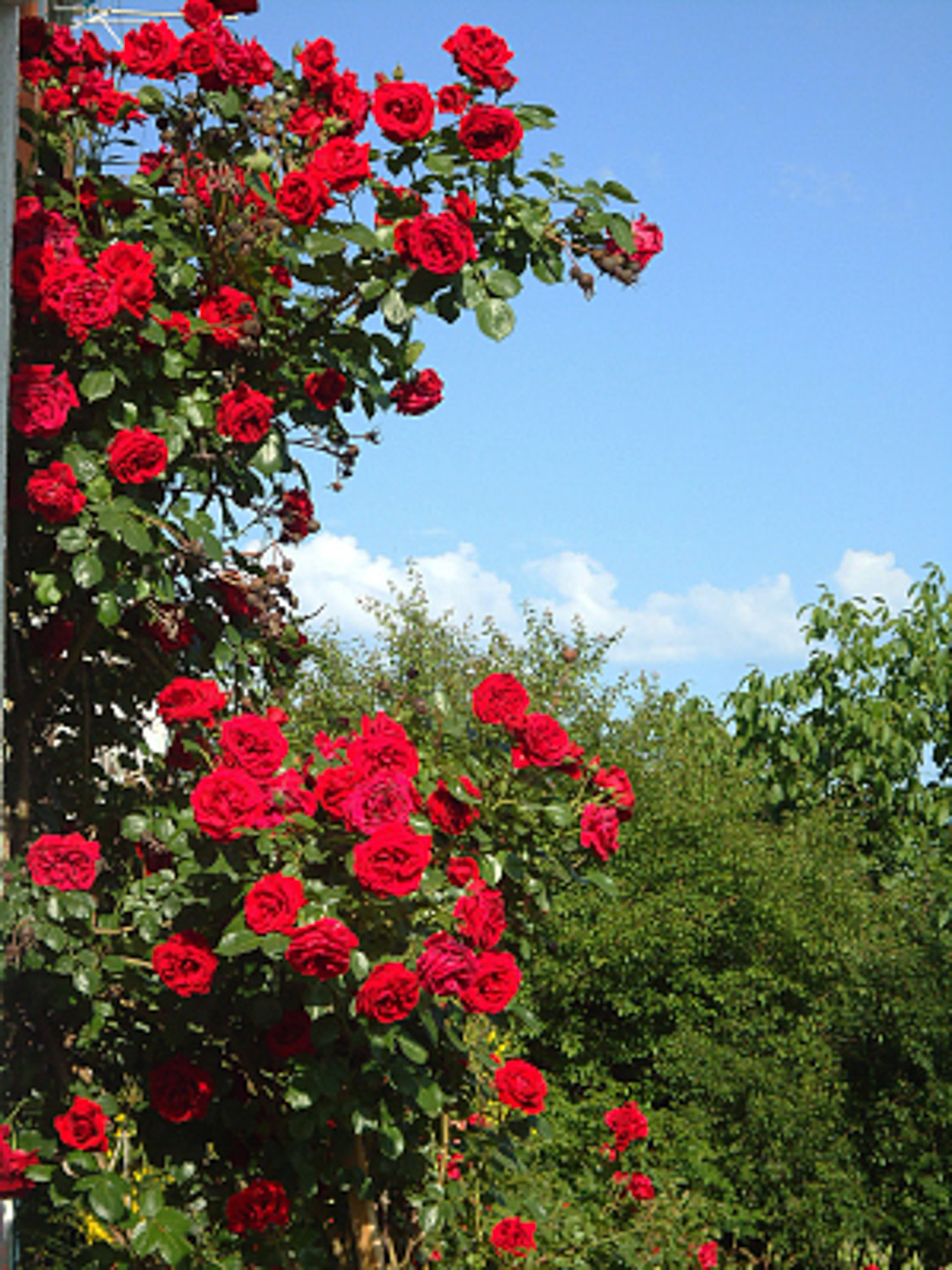
2、 Traction method
1. Support: to pull the branches, first set up the support. If there are ready-made fences and supports at home, you can make it climb along, or set some grids as support to fix the main branches on it
2. Pruning: not only fix it on the top, but also cooperate with pruning to determine the growth direction of branches, so that the longer branches at the upper end extend upward and the shorter branches remain below
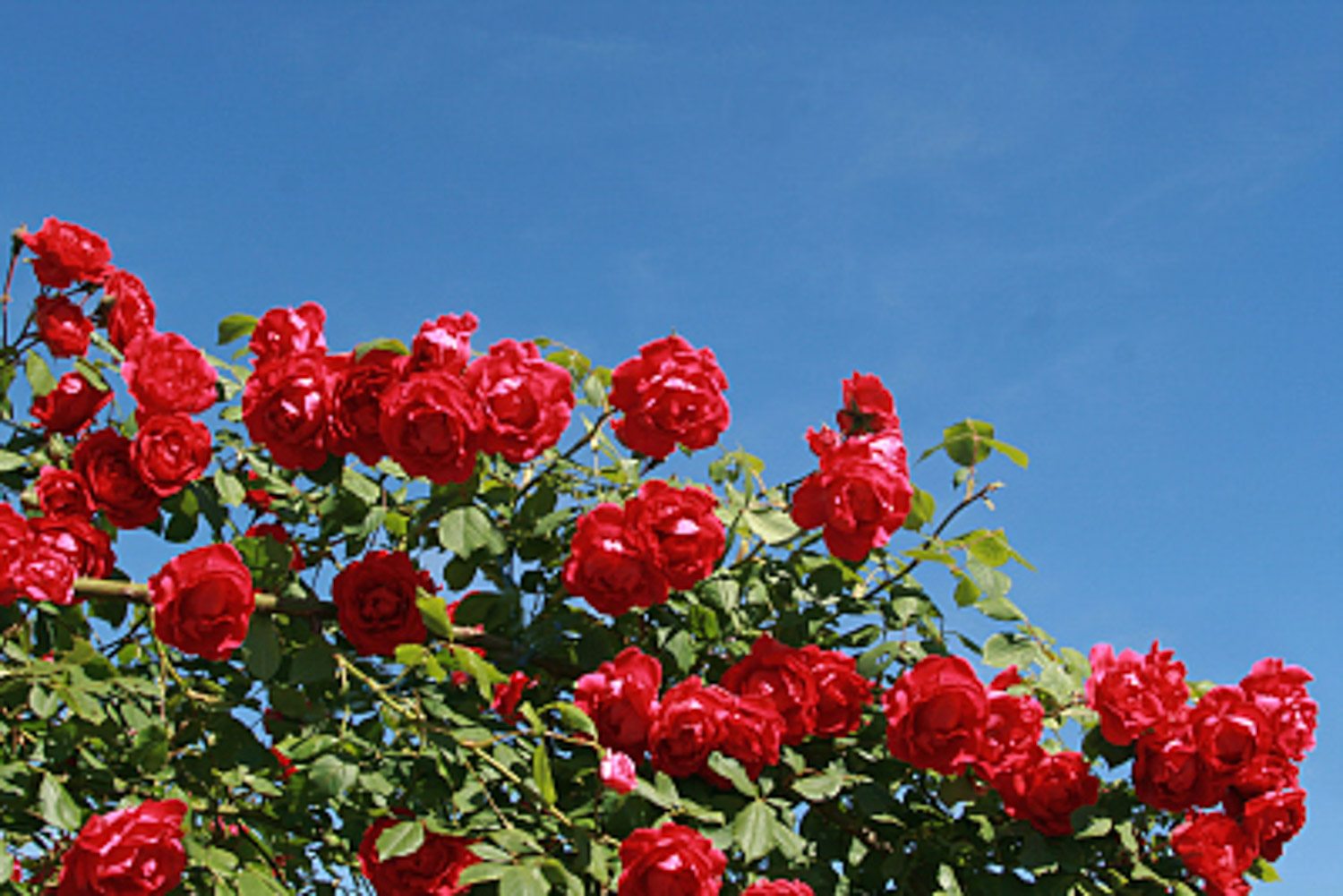

 how many times do yo...
how many times do yo... how many planted tre...
how many planted tre... how many pine trees ...
how many pine trees ... how many pecan trees...
how many pecan trees... how many plants comp...
how many plants comp... how many plants can ...
how many plants can ... how many plants and ...
how many plants and ... how many pepper plan...
how many pepper plan...